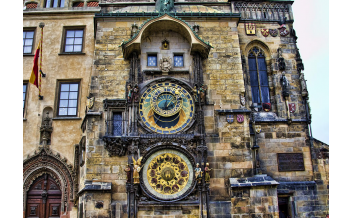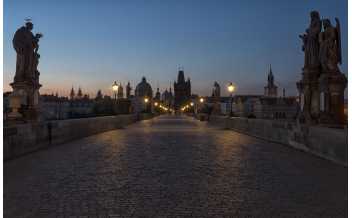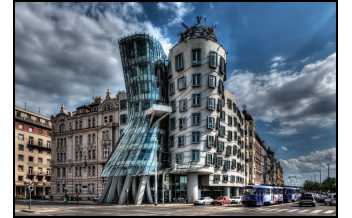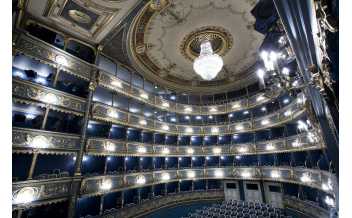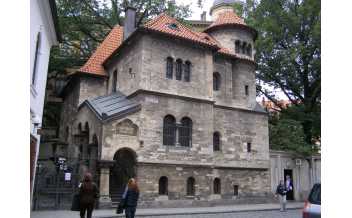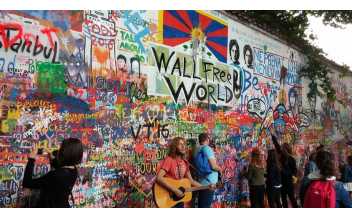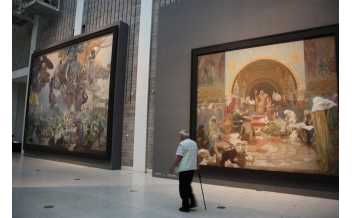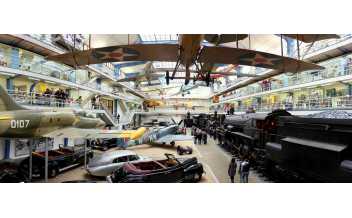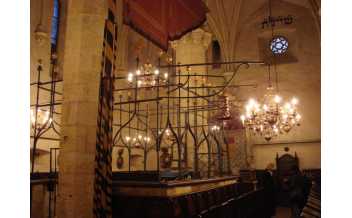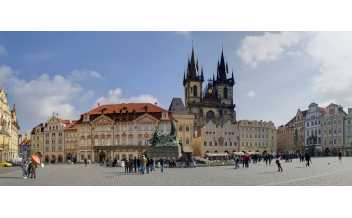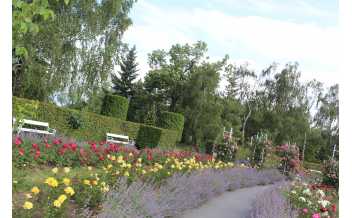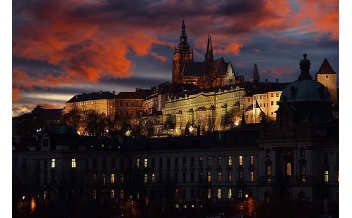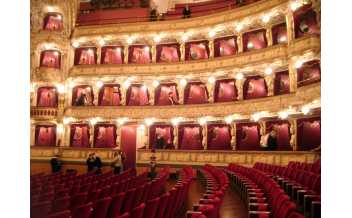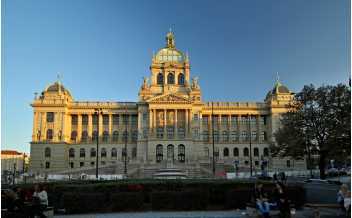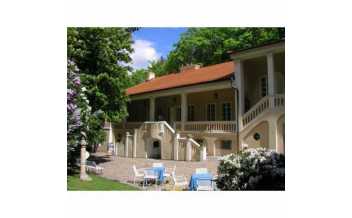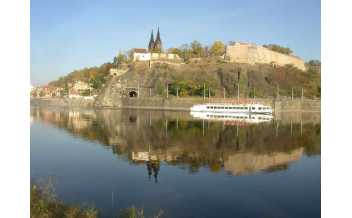"Prague never lets you go… this dear little mother has sharp claws" Franz Kafka
Prague might be the new party town of Europe, but it has a lot more to offer. Famous beer aside, the old capital of Bohemia has been a magnet for over 1,000 years.
Thanks to state planning after the Second World War, Prague has kept its visual beauty even as it’s become a modern continental city. The Baroque palaces and countless churches have earned Prague the nickname “city of a hundred spires”, and the centre is now a UNESCO World Heritage Site. For the modern visitor, the city’s strengths are its museums and theatres, but a surge in tourism has also sprung excellent restaurants and bars.
At the turn of the 20th century, Prague was an artistic hive. Buoyed by Bohemian coffee-house culture, it was home to writers, artists and designers. Franz Kafka, sometimes called the greatest author of modern times, lived here, as did fashion legend Hana Podolská and composer Antonín Dvořák. Something of that creative atmosphere remains in the winding streets, the annual Spring Music Festival, and the grand Palace of Culture, completed in 1981. Intense or laid back, low or high culture, Prague can mould itself to any trip.
Places to Stay:
Activities
-
Astronomical Clock, Prague
Prague's Astronomical Clock in the Old Town Square is the oldest clock of...
-
Charles Bridge, Prague
Linking the Lesser Town with the Old Town, the historic Charles Bridge is an...
-
-
-
-
-
National Gallery, Prague
The National Gallery in Prague houses the largest art collection in the Czech...
-
National Technical Museum, Prague
Prague's National Technical Museum, located just outside the main tourist...
-
Old New Synagogue, Prague
The Old-New Synagogue is the oldest site in Prague’s Jewish Quarter and the...
-
Old Town Square, Prague
Prague's Old Town Square was established in the 12th Century and is now a...
-
Petrin Hill and Tower, Prague
Enjoy one of the best views of Prague from the historical Petrin Hill and...
-
-
-
The National Museum, Prague
At present the National Museum houses almost 14 million items from the areas...
-
Villa Bertramka, Prague
The principal residence of Mozart during two of his three visits to Prague in...
-
Vysehrad Fort, Prague
Vysehrad Fort, located just outside Prague city centre, houses gardens, one...




